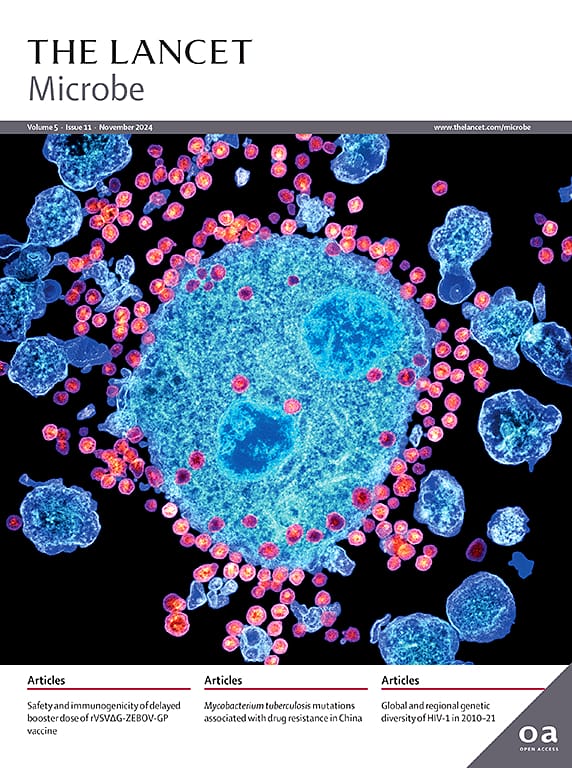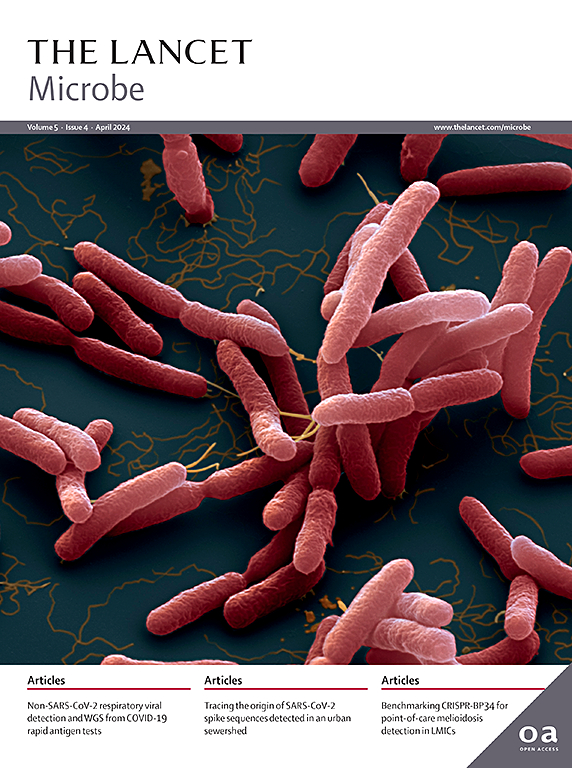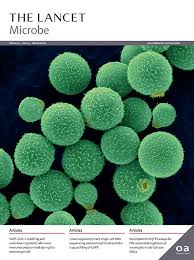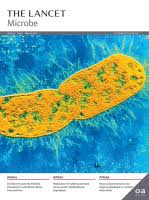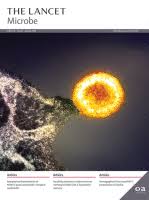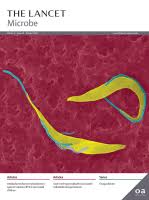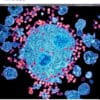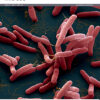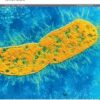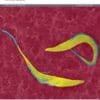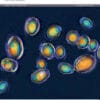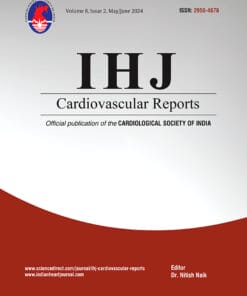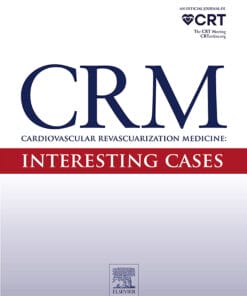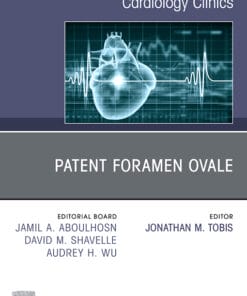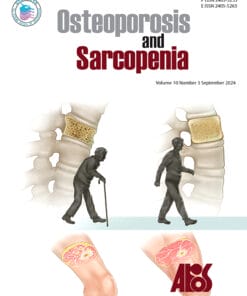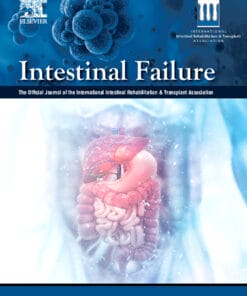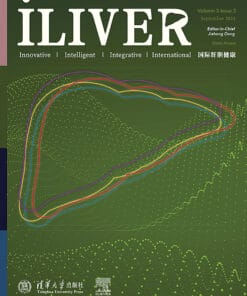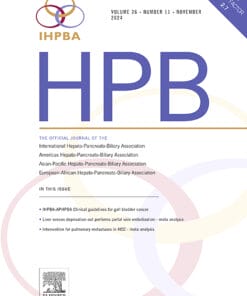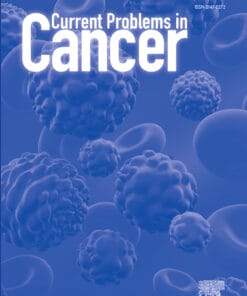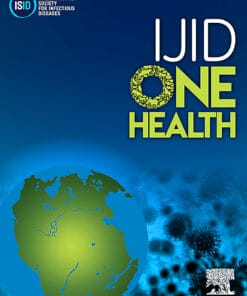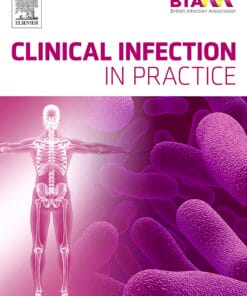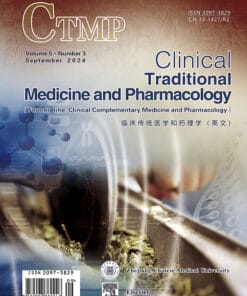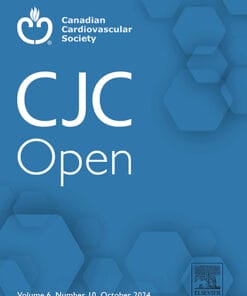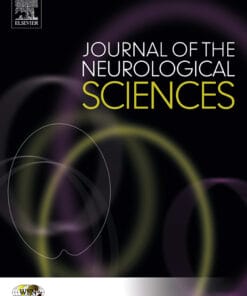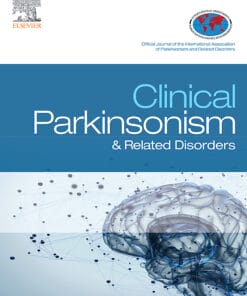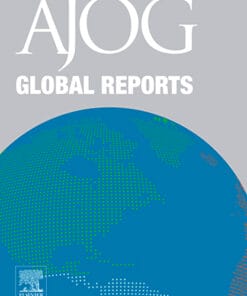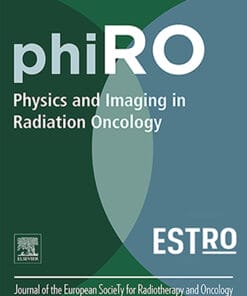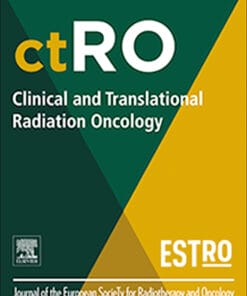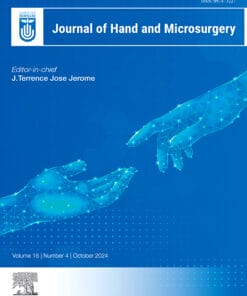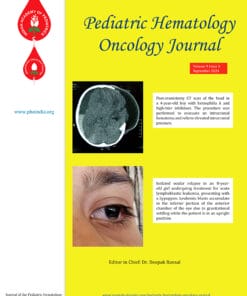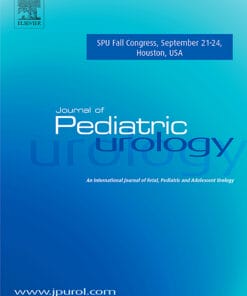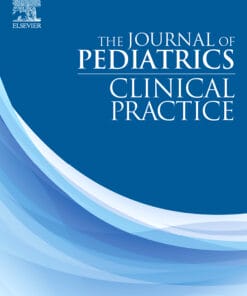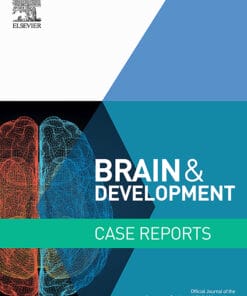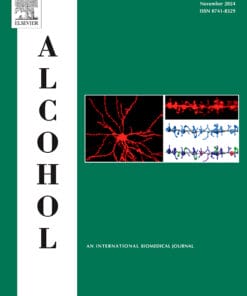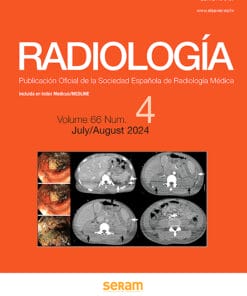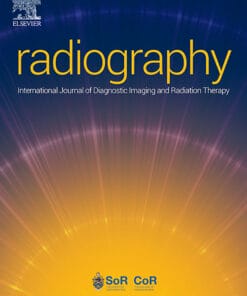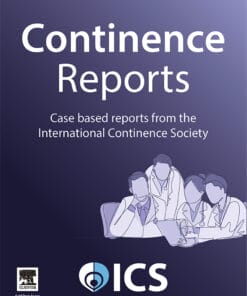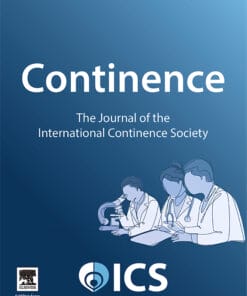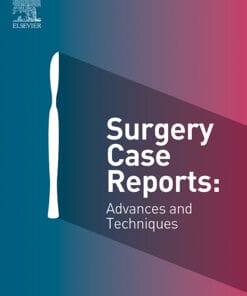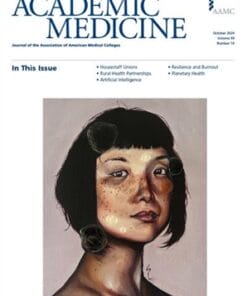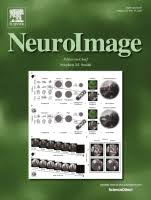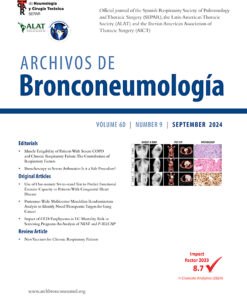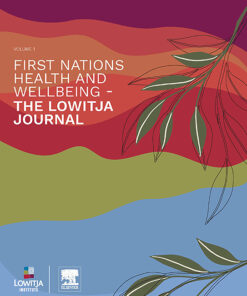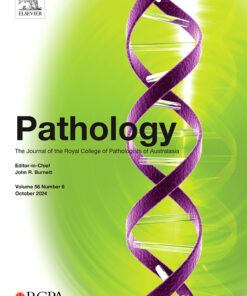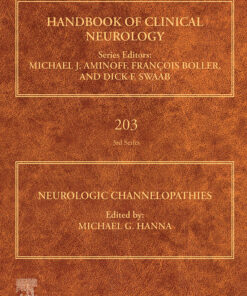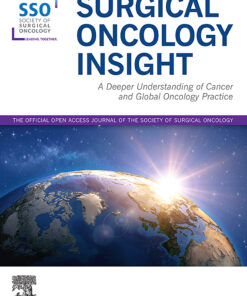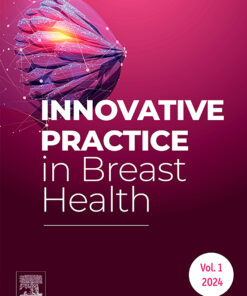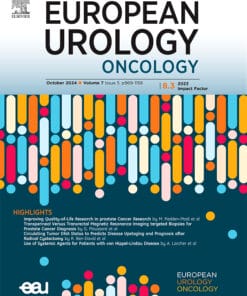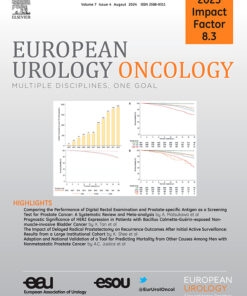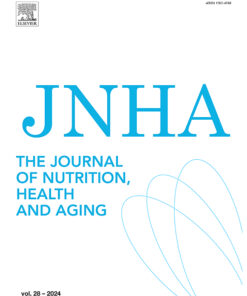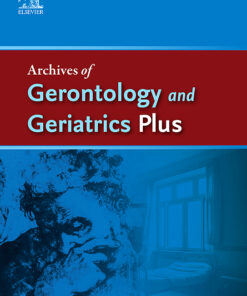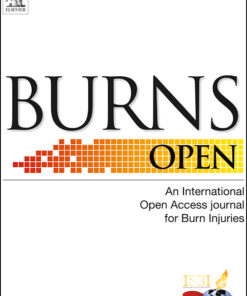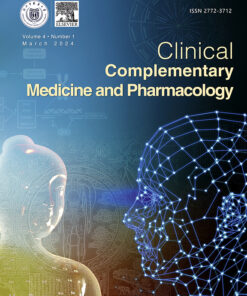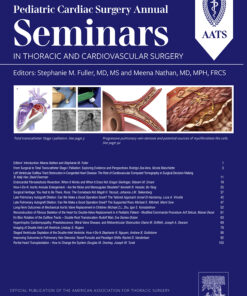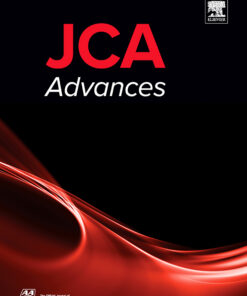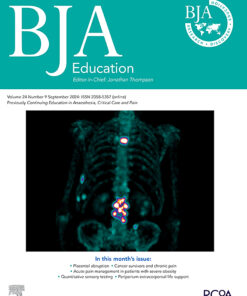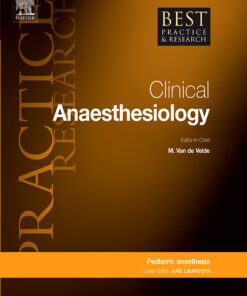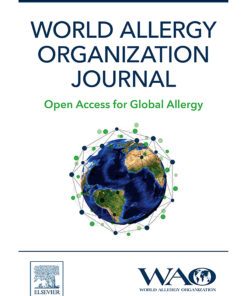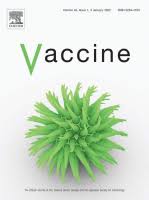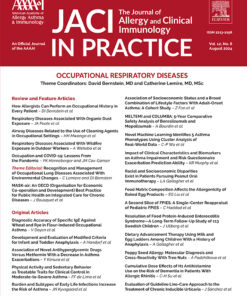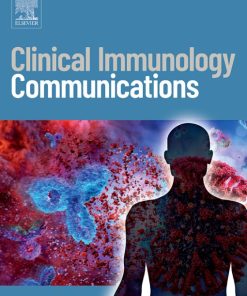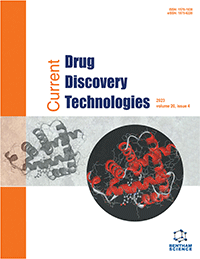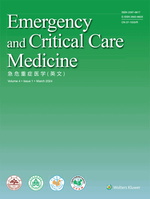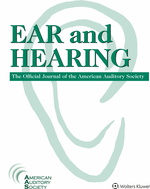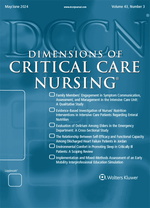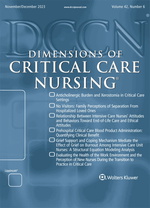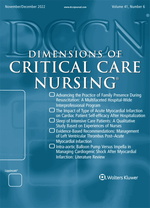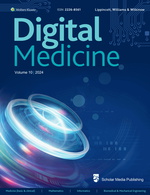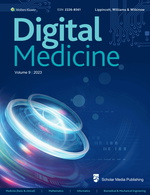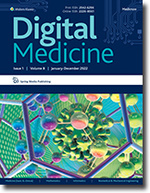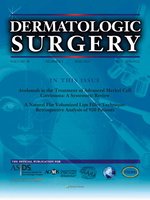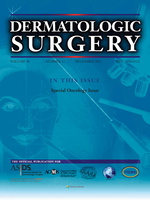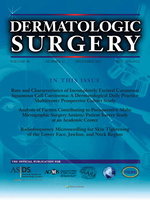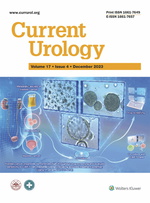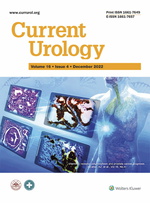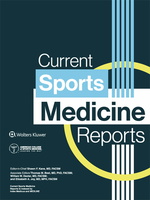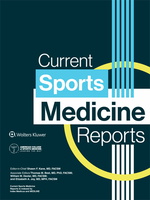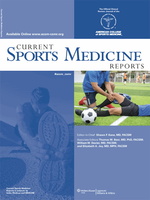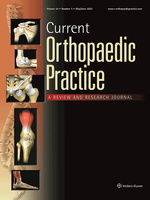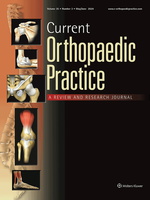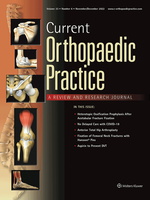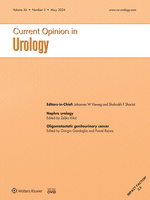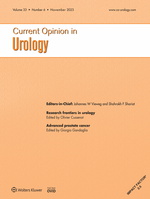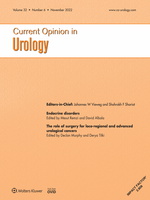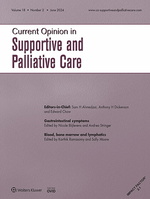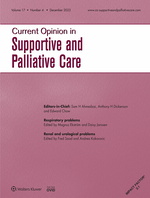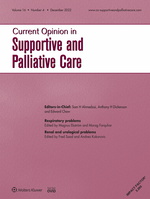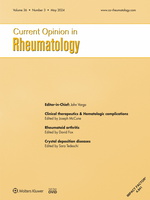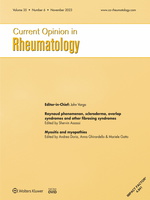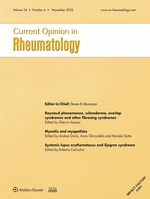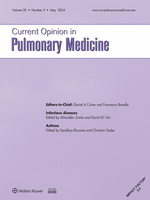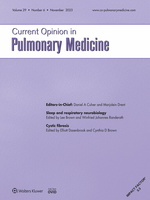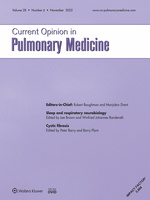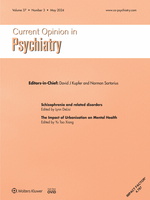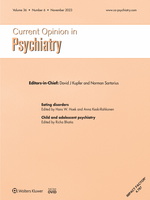Overview: The Lancet Microbe
The Lancet Microbe is an esteemed journal dedicated to the expansive field of microbiology. With its commitment to clinically pertinent microbial research, the journal stands as a beacon for top-tier studies encompassing every facet of microbes and their interactions with hosts and environments.
Key Features:
- Wide Spectrum: The journal doesn’t confine its scope to a narrow domain. It publishes content ranging from the intricacies of a single microbial gene or virulence factor to broad epidemiological studies, ensuring comprehensive coverage of microbial research.
- Emphasis on Clinical Relevance: The research published prioritizes clinical implications, ensuring that the findings have practical importance. This includes preliminary clinical trials and other interventional studies where the primary focus is on the microbe or pathogen.
- Rigorous Review Process: As a member of the Lancet family, The Lancet Microbe upholds the rigorous standards of quality and integrity associated with the name. Each submission undergoes a meticulous peer-review process to ensure that only the best research gets published.
- Collaborative Spirit: The journal not only serves as a publishing platform but also as a partner to the microbial research community. By fostering collaboration and dialogue, it aims to drive advancements in the field.
- Inclusive Coverage: From understanding the fundamental nature of microbes and their interactions within microbiomes to tracking outbreaks and deciphering the underlying pathology of infections, The Lancet Microbe covers it all.
- Community Advocacy: The Lancet Microbe goes beyond just being a journal. It plays an active role in championing the interests of microbial researchers and reinforcing the importance of their work in the broader scientific and medical community.
Conclusion:
For professionals, researchers, and enthusiasts in the field of microbiology, The Lancet Microbe offers a comprehensive resource filled with pioneering research and insights. Its dedication to maintaining the highest standards, while also advocating for the microbial research community, makes it an indispensable asset in the realm of microbiological studies.
Volume 3, Issue 1: Pages e1-e79 (January 2022)
Volume 3, Issue 2: Pages e80-e158 (February 2022)
Volume 3, Issue 3: Pages e159-e240 (March 2022)
Volume 3, Issue 4: Pages e241-e323 (April 2022)
Volume 3, Issue 5: Pages e324-e398 (May 2022)
Volume 3, Issue 6: Pages e399-e470 (June 2022)
Volume 3, Issue 7: Pages e471-e552 (July 2022)
Volume 3, Issue 8: Pages e553-e637 (August 2022)
Volume 3, Issue 9: Pages e638-e722 (September 2022)
Volume 3, Issue 10: Pages e723-e802 (October 2022)
Volume 3, Issue 11: Pages e803-e887 (November 2022)
Volume 3, Issue 12: Pages e888-e983 (December 2022)
Volume 4, Issue 1: Pages e1-e56 (January 2023)
Volume 4, Issue 2: Pages e57-e125 (February 2023)
Volume 4, Issue 3: Pages e126-e199 (March 2023)
Volume 4, Issue 4: Pages e200-e283 (April 2023)
Volume 4, Issue 5: Pages e284-e378 (May 2023)
Volume 4, Issue 6: Pages e379-e480 (June 2023)
Volume 4, Issue 7: Pages e481-e562 (July 2023)
Volume 4, Issue 8: Pages e563-e656 (August 2023)
Volume 4, Issue 9: Pages e657-e756 (September 2023)
Volume 4, Issue 10: Pages e757-e850 (October 2023)
Volume 4, Issue 11: Pages e851-e962 (November 2023)
Volume 4, Issue 12: Pages e963-e1070 (December 2023)
Volume 5, Issue 1: Pages e1-e98 (January 2024)
Volume 5, Issue 2: Pages e99-e202 (February 2024)
Volume 5, Issue 3: Pages e203-e306 (March 2024)
Volume 5, Issue 4: Pages e307-e408 (April 2024)
Volume 5, Issue 5: Pages e409-e508 (May 2024)
Volume 5, Issue 6: Pages e509-e618 (June 2024)
Volume 5, Issue 7: Pages 619-724 (July 2024)
Volume 5, Issue 8: August 2024
Volume 5, Issue 9: September 2024
Volume 5, Issue 10: October 2024
Volume 5, Issue 11: November 2024
| Volume | Volume 3, Issue 1: Pages e1-e79 (January 2022), Volume 3, Issue 2: Pages e80-e158 (February 2022), Volume 3, Issue 3: Pages e159-e240 (March 2022), Volume 3, Issue 4: Pages e241-e323 (April 2022), Volume 3, Issue 5: Pages e324-e398 (May 2022), Volume 3, Issue 6: Pages e399-e470 (June 2022), Volume 3, Issue 7: Pages e471-e552 (July 2022), Volume 3, Issue 8: Pages e553-e637 (August 2022), Volume 3, Issue 9: Pages e638-e722 (September 2022), Volume 3, Issue 10: Pages e723-e802 (October 2022), Volume 3, Issue 11: Pages e803-e887 (November 2022), Volume 3, Issue 12: Pages e888-e983 (December 2022), Volume 4, Issue 1: Pages e1-e56 (January 2023), Volume 4, Issue 2: Pages e57-e125 (February 2023), Volume 4, Issue 3: Pages e126-e199 (March 2023), Volume 4, Issue 4: Pages e200-e283 (April 2023), Volume 4, Issue 5: Pages e284-e378 (May 2023), Volume 4, Issue 6: Pages e379-e480 (June 2023), Volume 4, Issue 7: Pages e481-e562 (July 2023), Volume 4, Issue 8: Pages e563-e656 (August 2023), Volume 4, Issue 9: Pages e657-e756 (September 2023), Volume 4, Issue 10: Pages e757-e850 (October 2023), Volume 4, Issue 11: Pages e851-e962 (November 2023), Volume 4, Issue 12: Pages e963-e1070 (December 2023), Volume 5, Issue 1: Pages e1-e98 (January 2024), Volume 5, Issue 2: Pages e99-e202 (February 2024), Volume 5, Issue 3: Pages e203-e306 (March 2024), Volume 5, Issue 4: Pages e307-e408 (April 2024), Volume 5, Issue 6: Pages e509-e618 (June 2024), Volume 5, Issue 7: Pages 619-724 (July 2024), Volume 5, Issue 8: August 2024, Volume 5, Issue 9: September 2024, Volume 5, Issue 10: October 2024, Volume 5, Issue 11: November 2024, Volume 5, Issue 5: Pages e409-e508 (May 2024) |
|---|
Related Products
Journals/Articles
Journals/Articles
Cardiovascular Revascularization Medicine: Interesting Cases PDF
Journals/Articles
Journals/Articles
Journals/Articles
Journals/Articles
Journals/Articles
Journals/Articles
Journals/Articles
Journals/Articles
Journals/Articles
Journals/Articles
Journals/Articles
Journals/Articles
Journals/Articles
Journals/Articles
Journals/Articles
Journals/Articles
Journals/Articles
Journals/Articles
Journals/Articles
Journals/Articles
Journals/Articles
Technical Innovations & Patient Support in Radiation Oncology PDF
Journals/Articles
Journals/Articles
Journals/Articles
Journals/Articles
Journals/Articles
Journals/Articles
Journals/Articles
Journals/Articles
Journals/Articles
Journals/Articles
The American Journal of Geriatric Psychiatry: Open Science, Education, and Practice PDF
Journals/Articles
Journals/Articles
Journals/Articles
Journals/Articles
Journals/Articles
Journals/Articles
Journals/Articles
Journals/Articles
Journals/Articles
Journals/Articles
Journals/Articles
First Nations Health and Wellbeing – The Lowitja Journal PDF
Journals/Articles
Journals/Articles
Journals/Articles
Journals/Articles
Journals/Articles
Journals/Articles
Journals/Articles
Journals/Articles
Journals/Articles
Journals/Articles
Journals/Articles
Seminars in Thoracic and Cardiovascular Surgery: Pediatric Cardiac Surgery Annual PDF
Journals/Articles
Journals/Articles
Journals/Articles
Journals/Articles
Journals/Articles
The Journal of Allergy and Clinical Immunology: In Practice PDF
Journals/Articles
Journals/Articles
Journals/Articles
Journals/Articles
Journals/Articles
Journals/Articles
Journals/Articles
Dimensions of Critical Care Nursing: Volume 43 (1 – 3) 2024 PDF
Journals/Articles
Dimensions of Critical Care Nursing: Volume 42 (1 – 6) 2023 PDF
Journals/Articles
Dimensions of Critical Care Nursing: Volume 41 (1 – 6) 2022 PDF
Journals/Articles
Journals/Articles
Journals/Articles
Journals/Articles
Journals/Articles
Journals/Articles
Journals/Articles
Journals/Articles
Journals/Articles
Journals/Articles
Current Sports Medicine Reports: Volume 22 (1 – 12) 2023 PDF
Journals/Articles
Journals/Articles
Current Sports Medicine Reports: Volume 21 (1 – 12) 2022 PDF
Journals/Articles
Journals/Articles
Journals/Articles
Journals/Articles
Journals/Articles
Journals/Articles
Journals/Articles
Journals/Articles
Journals/Articles
Journals/Articles
Current Opinion in Pulmonary Medicine: Volume 30 (1 – 3) 2024 PDF
Journals/Articles
Current Opinion in Pulmonary Medicine: Volume 29 (1 – 6) 2023 PDF
Journals/Articles
Current Opinion in Pulmonary Medicine: Volume 28 (1 – 6) 2022 PDF
Journals/Articles
Journals/Articles




